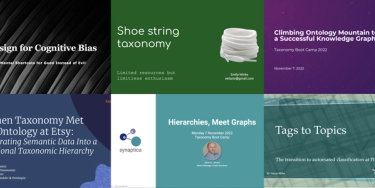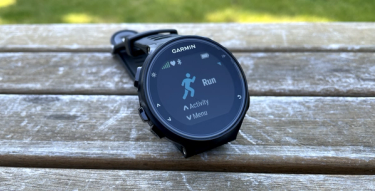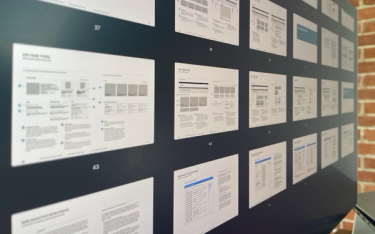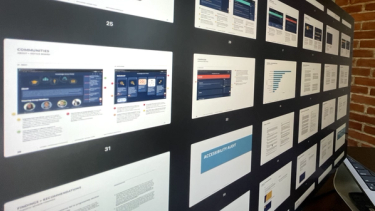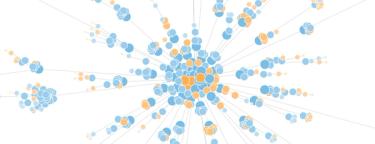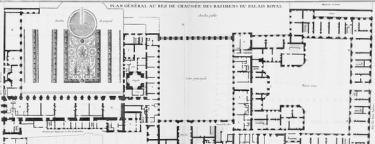AI Supported Auto-Categorization

Generative AI offers some enticing shortcuts for tagging large content sets. But even outputs that "look" right might not meet user goals—and may not be any more effective than what can be generated with time-tested natural language processing approaches. This article describes an experiment that compares these two methods to discover the essential ingredients for an effective tagging strategy.



